An Introduction to Plane Geometry -- Part 2
Congruent Line Segments and Angles

Image Source
≅ is the symbol for congruence
Given: line segment AB and line segment MY.

if: AB = 20cm and MY = 20cm
then: AB ≅ MY or "segment AB is congruent to segment MY"
Segments are congruent if they have the same equal lengths.
Can lines be made congruent? Why?
Two lines that form congruent angles at their intersection are called perpendicular lines. What angles would that be?
ℯ⊥ℊ is read as "line ℯ is perpendicular to line ℊ ."
Illustration:
LX ⊥ NY at G (line LX is perpendicular to line NY at point G.)
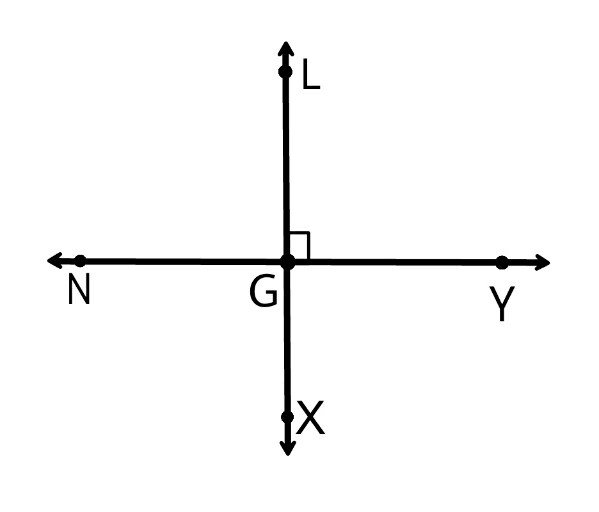
The sum of the four angles formed is 360° or the m∠LGY + m∠XGY + m∠XGN + m∠LGN = 360°
(the measure of angle LGY + measure of angle XGY + measure of angle XGN + measure of angle LGN is equal to 360 degrees.)
Illustration: PS ⊥ PT at M (ray PS is perpendicular to ray PT at point M.)
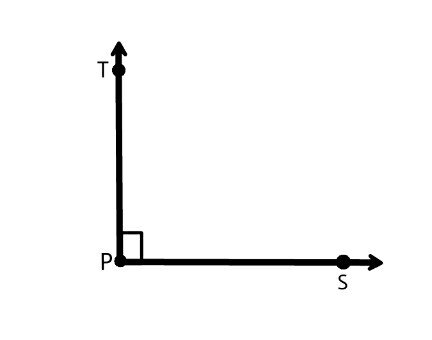
Lines in one plane that will never meet no matter how long they are produced are called parallel lines.
The perpendicular distances between any two parallel lines are congruent.
Below are sets of parallel lines:
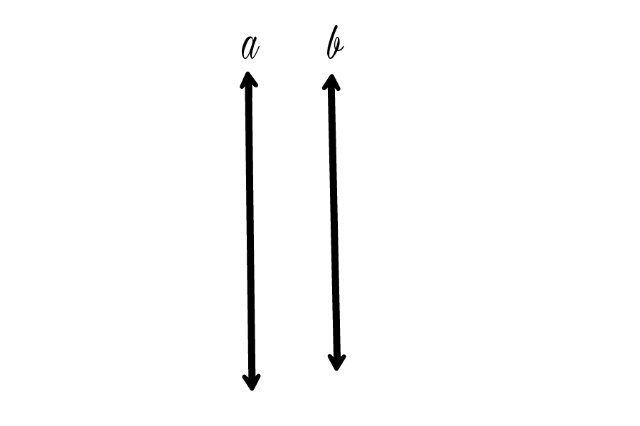
a || b
; "line a is parallel to line b"
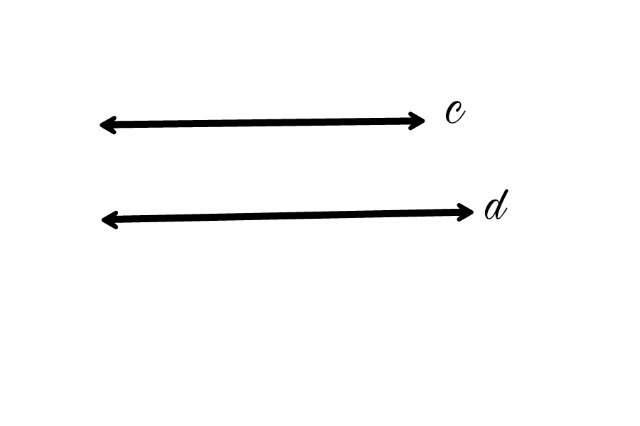
c || d
; "line c is parallel to line d"
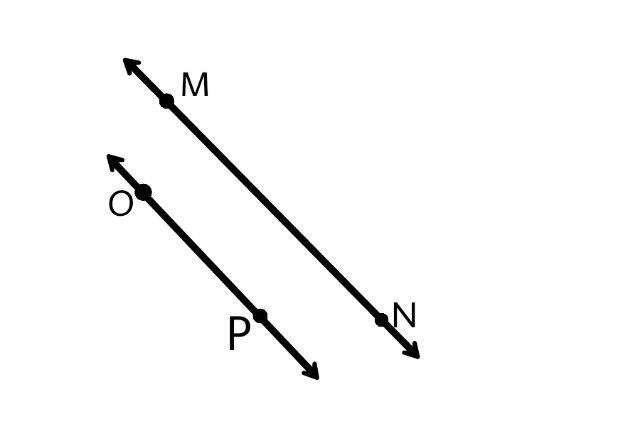
MN || OP
; "line MN is parallel to line OP"
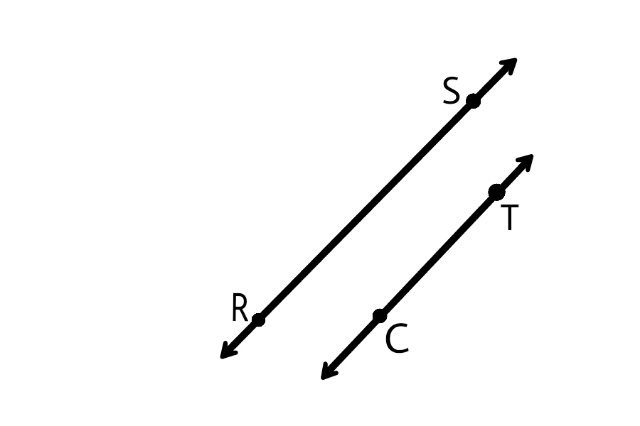
RS || CT
; "line RS is parallel to line CT"
Plane Angles and Surfaces
A plane refers to any level or flat surfaces. The top of the table, the floor, the walls, ceiling, and ground are few examples of portions of planes.
They are only physical representations because the term "plane" is undefined.
An angle is the amount of opening produced by intersecting lines or rays.
Degree is the unit of measue of angles. Protractor is a device used to measure plane angles. Two angles are congruent if they have the same measure.
Some symbols to be used:
- ∠ is the symbol for angle.
- ∠4 is read as angle 4.
- ∠a is read as three degrees.
- 120° is read as one hundred twenty degrees
Naming Angles
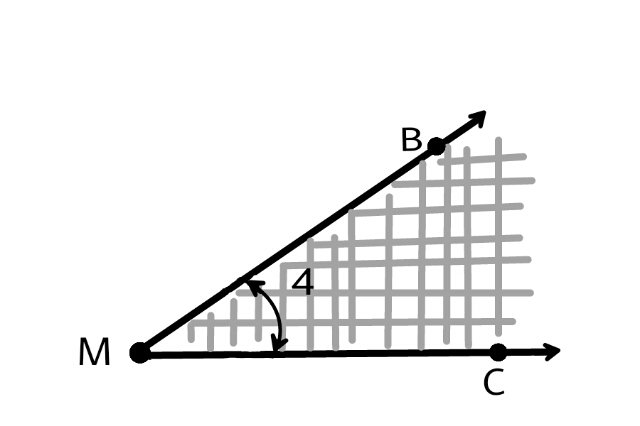
fig. 1
In figure 1:
- ∠4 is the shaded region.
- M is the vertex of ∠4.
- rays MB and MC are sides of ∠4.
- ∠4 can also be named as ∠M, ∠BMC, or ∠CMB.
Remember that in naming angles using three letters, the vertex is always the middle letter.
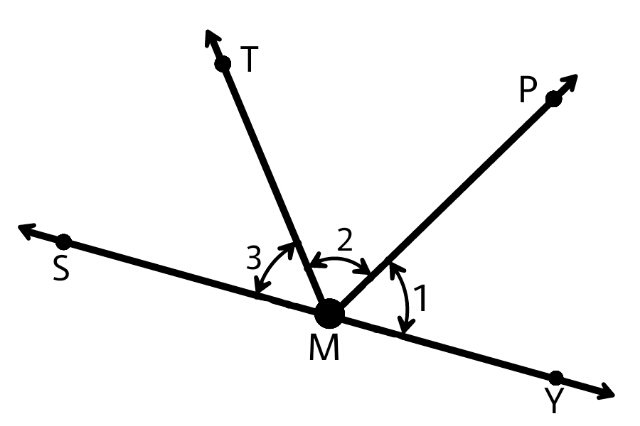
fig. 2
In figure 2:
- ∠1 is also ∠PMY or ∠YMP.
- ∠2 is also ∠TMP or ∠PMT.
- ∠3 is also ∠TMS or ∠SMT.
- M is the vertex of ∠1, ∠2, and ∠3, hence it cannot be equal to any of the three angles given.
It is great to see this kind of post in Steemit. Education should reach everybody.
I'm a Civil Engineer student, I see a subject in my first semester called "Descriptive Geometry". I learn a lot about lines and planes, intersection between then, visibility, common perpendicular, etc.
Thanks for sharing.
Thanks for dropping by! Best of luck on your chosen field. I know you'll be great.
Let me congrate you for your new post. So wonderful @lyxng ❤